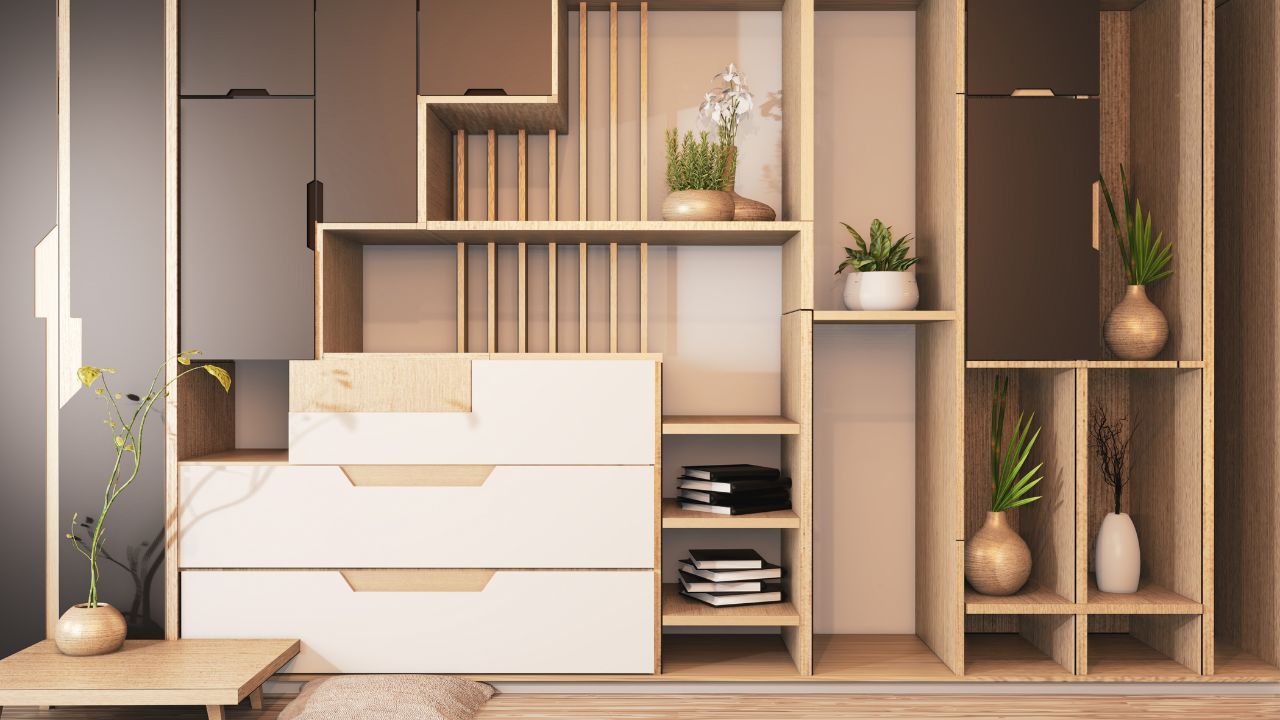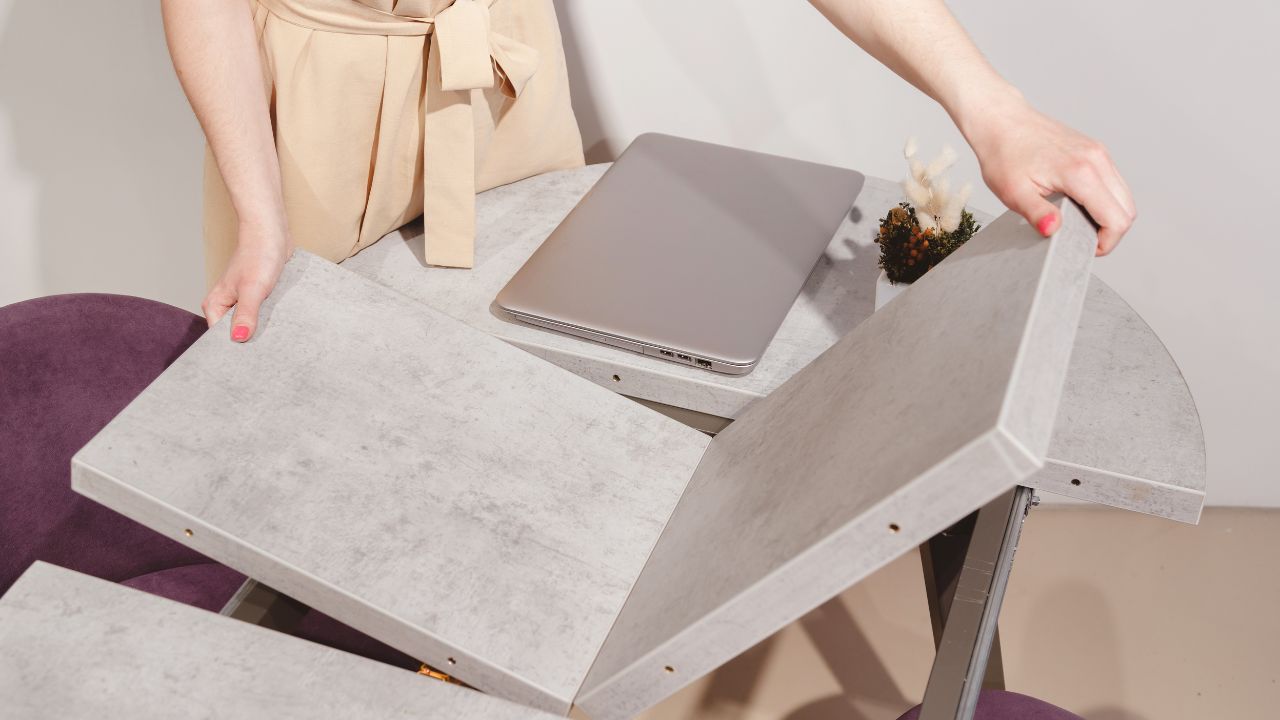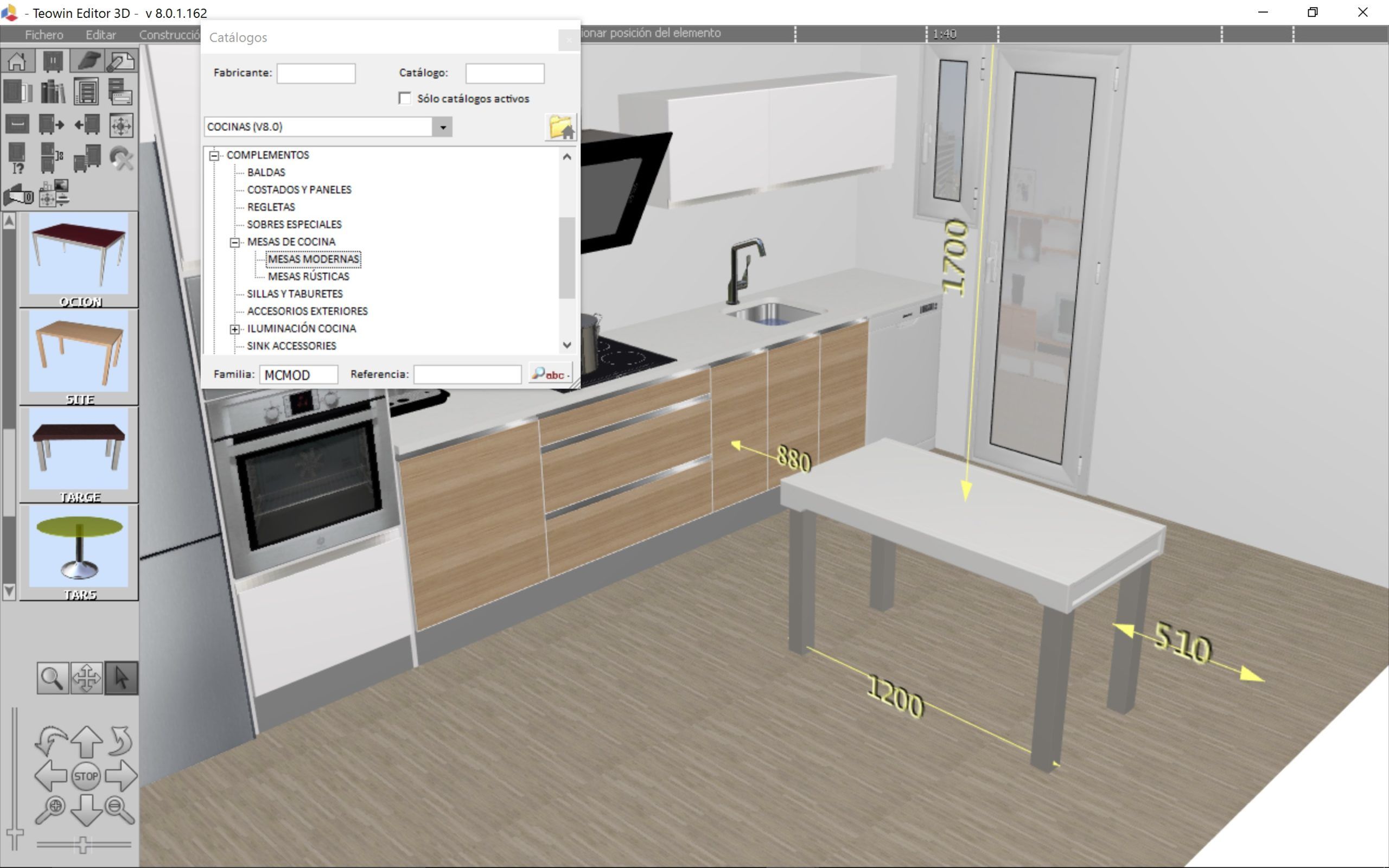In contemporary interior design, functional furniture has become an essential tool for creating more efficient, livable spaces that align with new lifestyle dynamics.
Multifunctional furniture is no longer just a practical solution: it is a strategic element within the project, capable of transforming the spatial experience without sacrificing aesthetics or comfort.
In a context where homes tend to be more compact and lifestyles more dynamic, the design of functional furniture represents an intelligent and creative response.
For interior design and architecture professionals, it implies a shift in perspective: designing not only thinking of the object itself, but of use, adaptability, and environmental optimization.
Furniture as a design tool
Furniture is no longer merely decorative; it has become a structural component of interior design. Each piece must serve a purpose, integrate into the architecture, and in many cases, fulfill multiple uses simultaneously.
An extendable table that transforms into a desk, a sofa with hidden storage, or a partition wall with built-in shelves and cabinets: functional furniture redefines the boundaries between aesthetics and utility.
The value of this approach lies not only in saving space but also in enhancing the everyday user experience, promoting circulation, comfort, and a sense of order.
In residential, commercial or corporate projects, functional furniture design allows each environment to adapt to the real needs of the client, offering flexibility and durability without compromising design.

Principles of functional furniture
Designing multifunctional pieces requires a deep understanding of space and the relationship between form and use.
The first principle is adaptability: the furniture must be able to transform or perform different functions depending on the context.
This can be achieved through extension mechanisms, sliding systems, folding components or integrated structures.The second principle is architectural integration. Furniture must be part of the overall design, not added afterward. Its proportions, orientation and materials must dialogue with the surrounding architecture.
The third principle is visual and spatial efficiency. In minimalist or contemporary environments, functional furniture must maintain clean lines, hidden storage and coherent distribution to maximize the sense of spaciousness.
Finally, ergonomics and user comfort are non-negotiable. Functional furniture must not sacrifice user experience in favor of technical performance or design.
Materials and finishes in functional furniture
The success of functional furniture also depends on the choice of materials. The combination of strength, lightness and aesthetics is key to ensuring the piece is durable, versatile and visually appealing.
Wood remains the foundational material, especially in plywood or laminated versions, which allow lighter structures without losing solidity. Its natural finish adds warmth and visual continuity.
Metal, whether steel or aluminum, provides precision and stability in moving structures, extendable mechanisms or concealed hinges. Its presence is usually discreet but essential to the engineering of the design.
Glass and acrylic panels are used to visually lighten volumes, adding transparency and depth without reducing functionality.
Matte and neutral finishes dominate: smooth surfaces that reflect light softly, integrating easily into modern environments without visual noise.
In more innovative projects, sustainable materials — such as recycled boards or eco-friendly textiles — are also included, reinforcing the environmental responsibility of the design, a trend increasingly relevant in contemporary furniture.

Balancing aesthetics and function
The true complexity of functional furniture lies in balancing technical performance with emotional impact.
A piece of furniture may work perfectly from a practical standpoint, but if it does not convey visual harmony, it disrupts the spatial language.
Likewise, an attractive design that lacks practicality loses its purpose within the home.
The challenge is to create pieces that integrate naturally, that do not appear multifunctional, yet surprise with their ingenuity.
In a bedroom, a bed with lower storage drawers or a headboard that acts as a room divider are examples of this philosophy.
In offices or small homes, folding tables, sliding panels or benches with storage help maintain flow without sacrificing functionality.
Well-designed functional furniture must solve without showing off, be useful without being obvious.
Designing for the space and the user
Each project requires detailed spatial analysis. It is not about placing small furniture in small spaces, but designing according to use and natural movement flow.
Multifunctional furniture makes sense only when it is at the service of the user, not of the technical resource.
In urban studios, for example, a single module can house the bed, desk and storage zone, freeing up valuable square meters and improving ergonomics.
In family homes, modular solutions allow rooms to adapt to changing routines and stages of life.
And in corporate projects, functional furniture promotes flexibility and collaboration, with mobile tables, acoustic panels or versatile work zones.
Design thus becomes a tool of intelligent optimization, where every decision enhances efficiency, comfort and aesthetic coherence.

Functional furniture in the digital design era
Digital tools have transformed the way functional furniture is conceived and presented.
With solutions such as Teowin Live, designers can create multifunctional pieces in 3D, test proportions, simulate movement and visualize the real impact in the space before manufacturing.
This visualization capability reduces errors, optimizes costs and facilitates communication between designer, client and manufacturer.
Furthermore, the integration of smart systems such as dimmable lighting or automated mechanisms expands the possibilities of multifunctional furniture, aligning it with current technological architecture.
Our professional opinion
Functional furniture is not a passing trend but a natural evolution of contemporary design. It represents a more conscious way of living, where beauty meets utility and sustainability meets comfort.
For architects and interior designers, creating multifunctional pieces means designing spaces from the user experience, building flexible environments that adapt to every stage of life.
With tools like Teowin Live, it is possible to develop projects with millimetric precision, visualize their performance in 3D and present proposals with strong visual and technical impact.
Ultimately, functional furniture embodies a fundamental idea: design less, but design better, integrating into each piece a way of living that is more efficient, human and contemporary.
